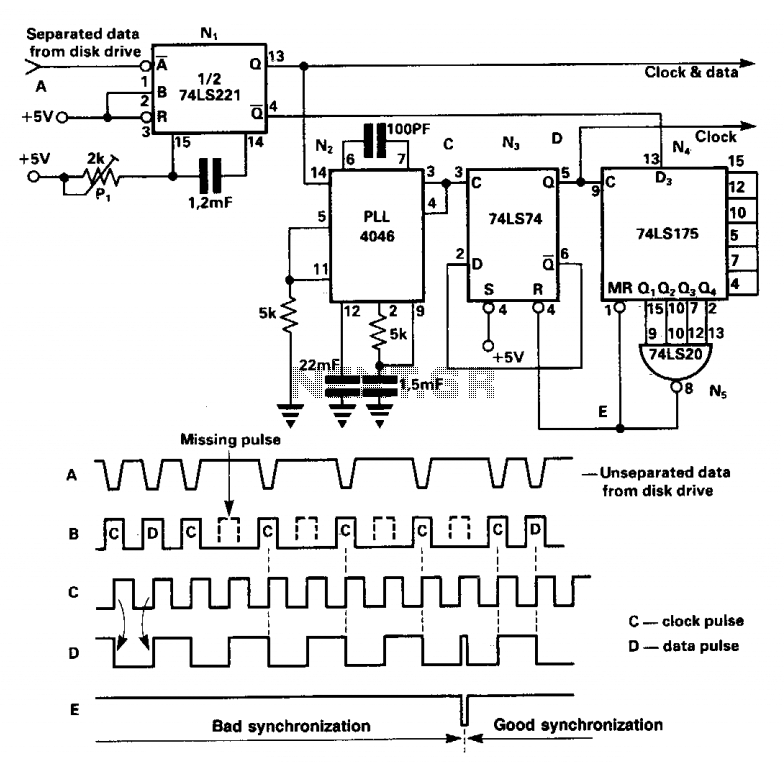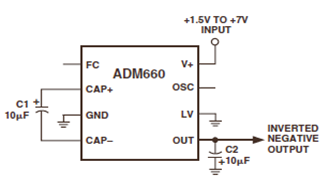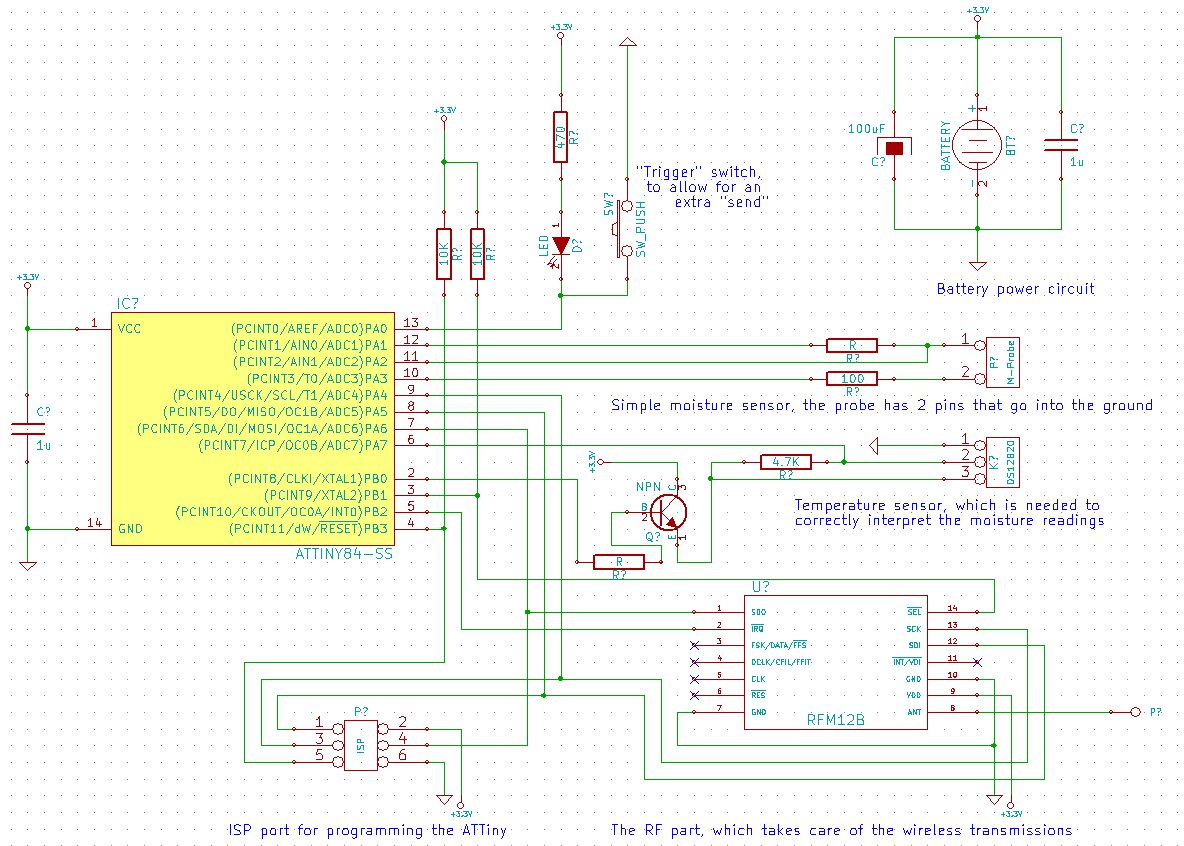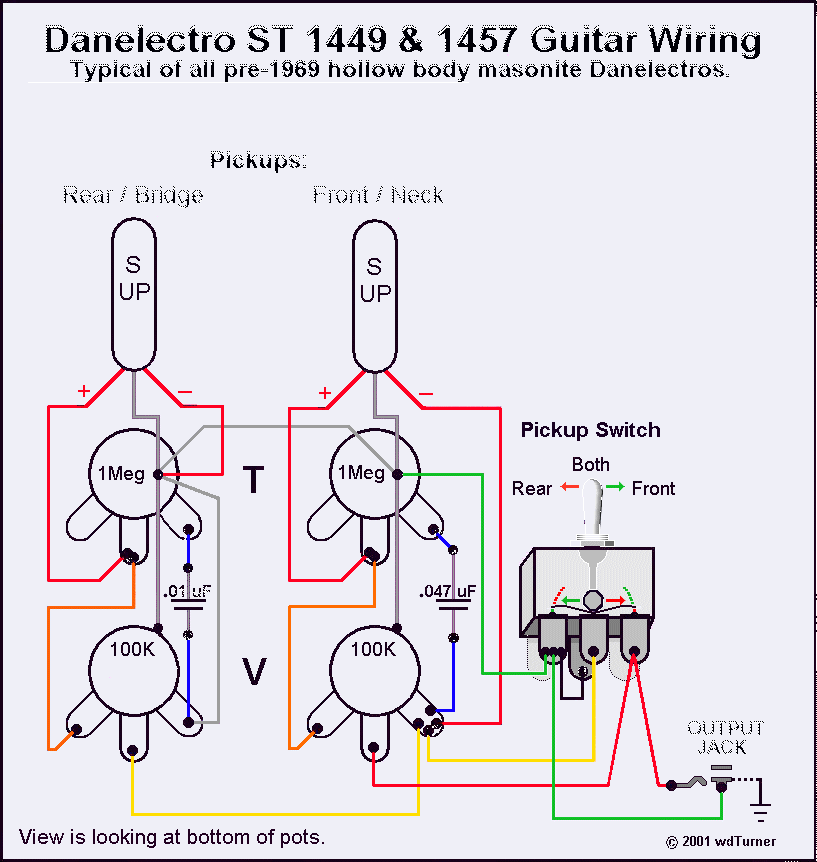
Schematics Serial Temperature Sensor Data Logger
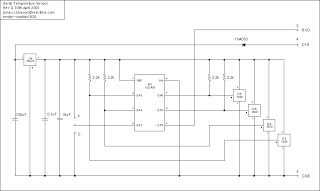
The microcontroller program is designed to support two communication protocols: the one-wire bus utilized by the DS1820 temperature sensor and the serial protocol used for communication with a computer. Upon power-up, the program retrieves data from the temperature sensors and transmits it continuously to the serial port. The data received from the DS1820 is in a specific format unique to the sensor. The program processes this data to compute the temperature and converts it into a human-readable ASCII format. No additional software is necessary on the computer side.
The microcontroller operates as the central processing unit that interfaces with the DS1820 temperature sensor via the one-wire bus protocol. This protocol allows for communication over a single data line, which simplifies wiring and reduces the number of required connections. The DS1820 sensor provides temperature readings in a binary format, which the microcontroller must interpret.
Upon initialization, the microcontroller sends a command to the DS1820 to initiate a temperature conversion. Once the conversion is complete, the sensor responds by sending the temperature data back to the microcontroller. This data is typically in a 12-bit format, allowing for accurate temperature readings. The microcontroller then executes a conversion routine to translate the binary data into degrees Celsius or Fahrenheit.
After converting the temperature data, the microcontroller formats the output as ASCII characters. This conversion is essential for ensuring that the data can be easily interpreted by any terminal or serial communication software running on the connected computer. The microcontroller continuously repeats this process, providing real-time temperature updates through the serial port.
The design of this system allows for straightforward integration with existing computer systems, as no specialized software is required. Any terminal program capable of reading from a serial port can display the temperature data, making it accessible for monitoring or logging purposes. This approach enhances the usability of the temperature sensing application while maintaining simplicity in both hardware and software design.The program in the microcontroller knows two protocols; the one wire bus used by the DS1820 temperature sensor, and the serial protocol expected by your computer. Once power is applied, the program fetches data from the sensors and sends it to the serial port, repeatedly.
The data from the DS1820 arrives in a format peculiar to the sensor. The pro gram calculates the temperature from the data and translates it into human readable ASCII digits. No special program is required on the computer. 🔗 External reference
The microcontroller operates as the central processing unit that interfaces with the DS1820 temperature sensor via the one-wire bus protocol. This protocol allows for communication over a single data line, which simplifies wiring and reduces the number of required connections. The DS1820 sensor provides temperature readings in a binary format, which the microcontroller must interpret.
Upon initialization, the microcontroller sends a command to the DS1820 to initiate a temperature conversion. Once the conversion is complete, the sensor responds by sending the temperature data back to the microcontroller. This data is typically in a 12-bit format, allowing for accurate temperature readings. The microcontroller then executes a conversion routine to translate the binary data into degrees Celsius or Fahrenheit.
After converting the temperature data, the microcontroller formats the output as ASCII characters. This conversion is essential for ensuring that the data can be easily interpreted by any terminal or serial communication software running on the connected computer. The microcontroller continuously repeats this process, providing real-time temperature updates through the serial port.
The design of this system allows for straightforward integration with existing computer systems, as no specialized software is required. Any terminal program capable of reading from a serial port can display the temperature data, making it accessible for monitoring or logging purposes. This approach enhances the usability of the temperature sensing application while maintaining simplicity in both hardware and software design.The program in the microcontroller knows two protocols; the one wire bus used by the DS1820 temperature sensor, and the serial protocol expected by your computer. Once power is applied, the program fetches data from the sensors and sends it to the serial port, repeatedly.
The data from the DS1820 arrives in a format peculiar to the sensor. The pro gram calculates the temperature from the data and translates it into human readable ASCII digits. No special program is required on the computer. 🔗 External reference
